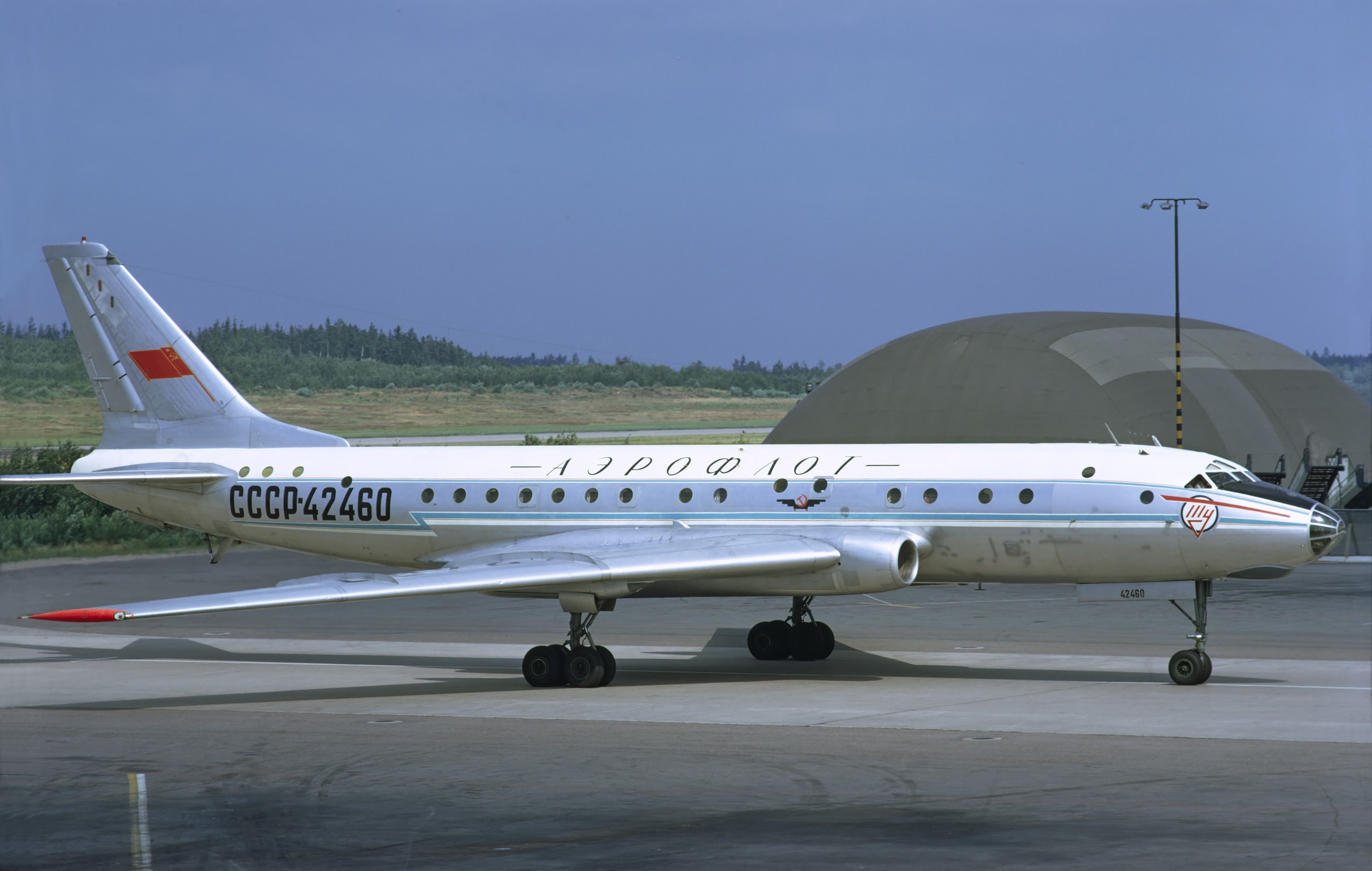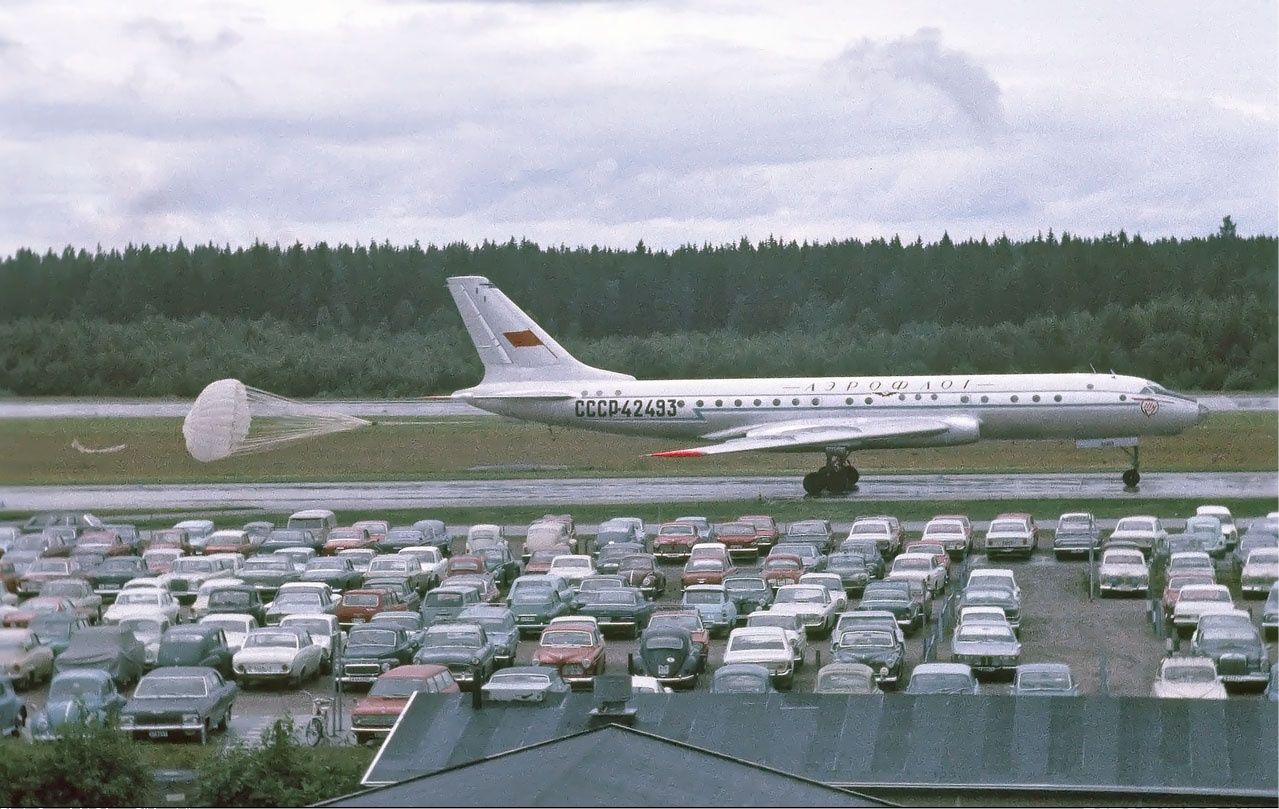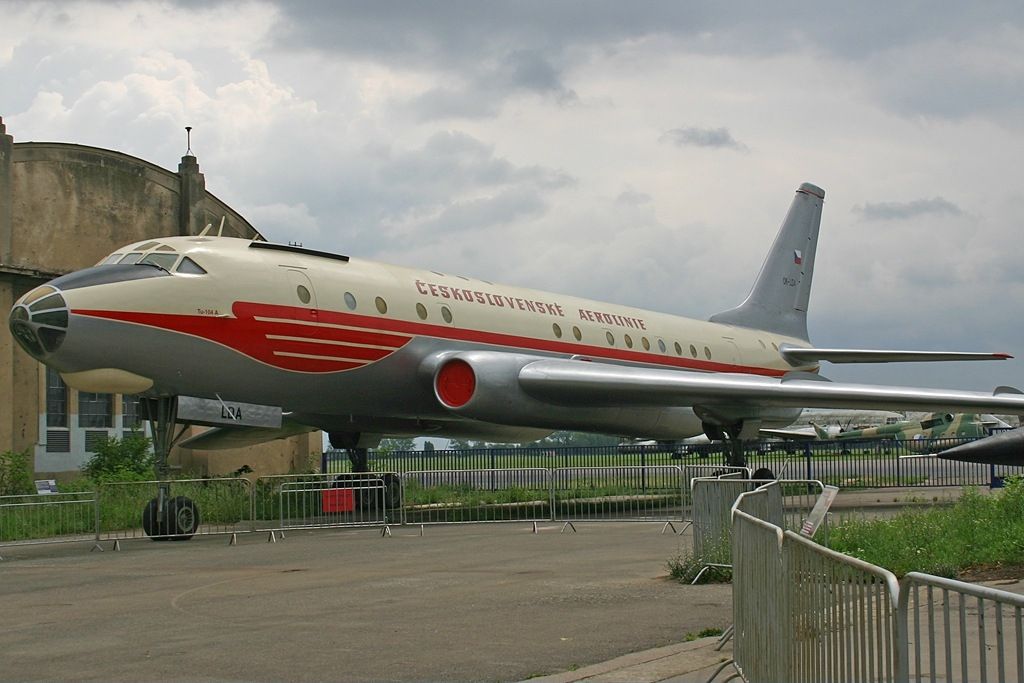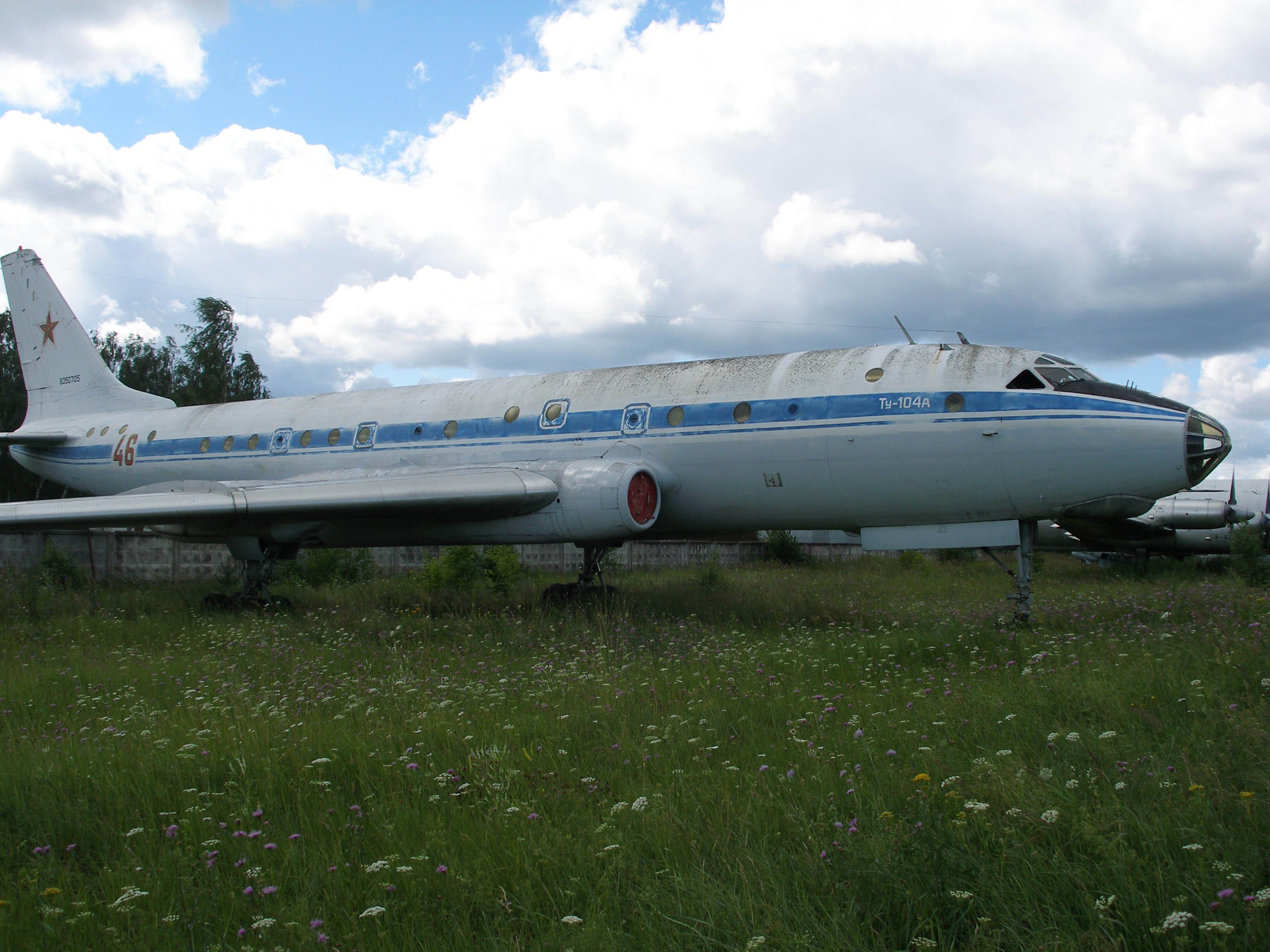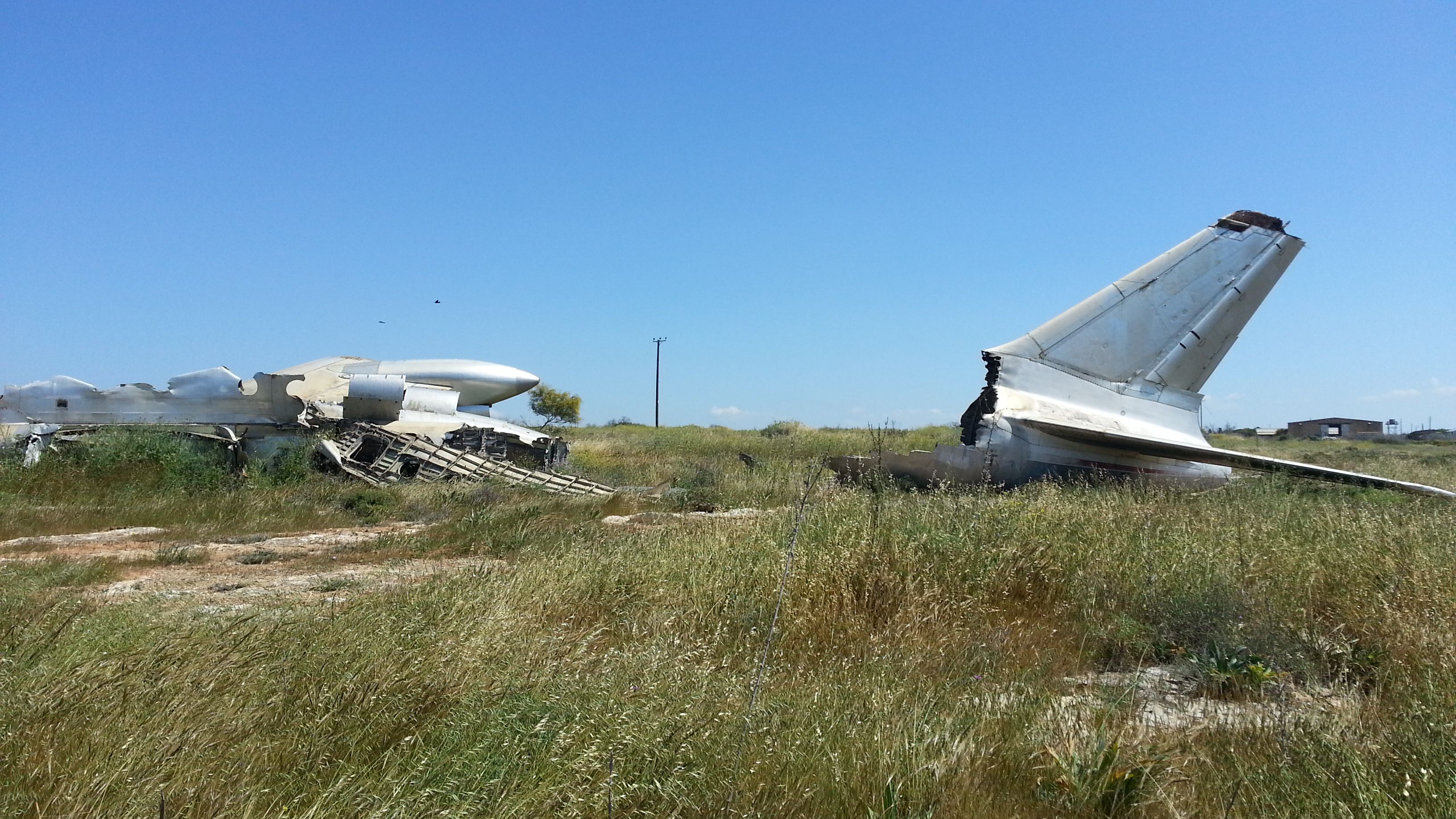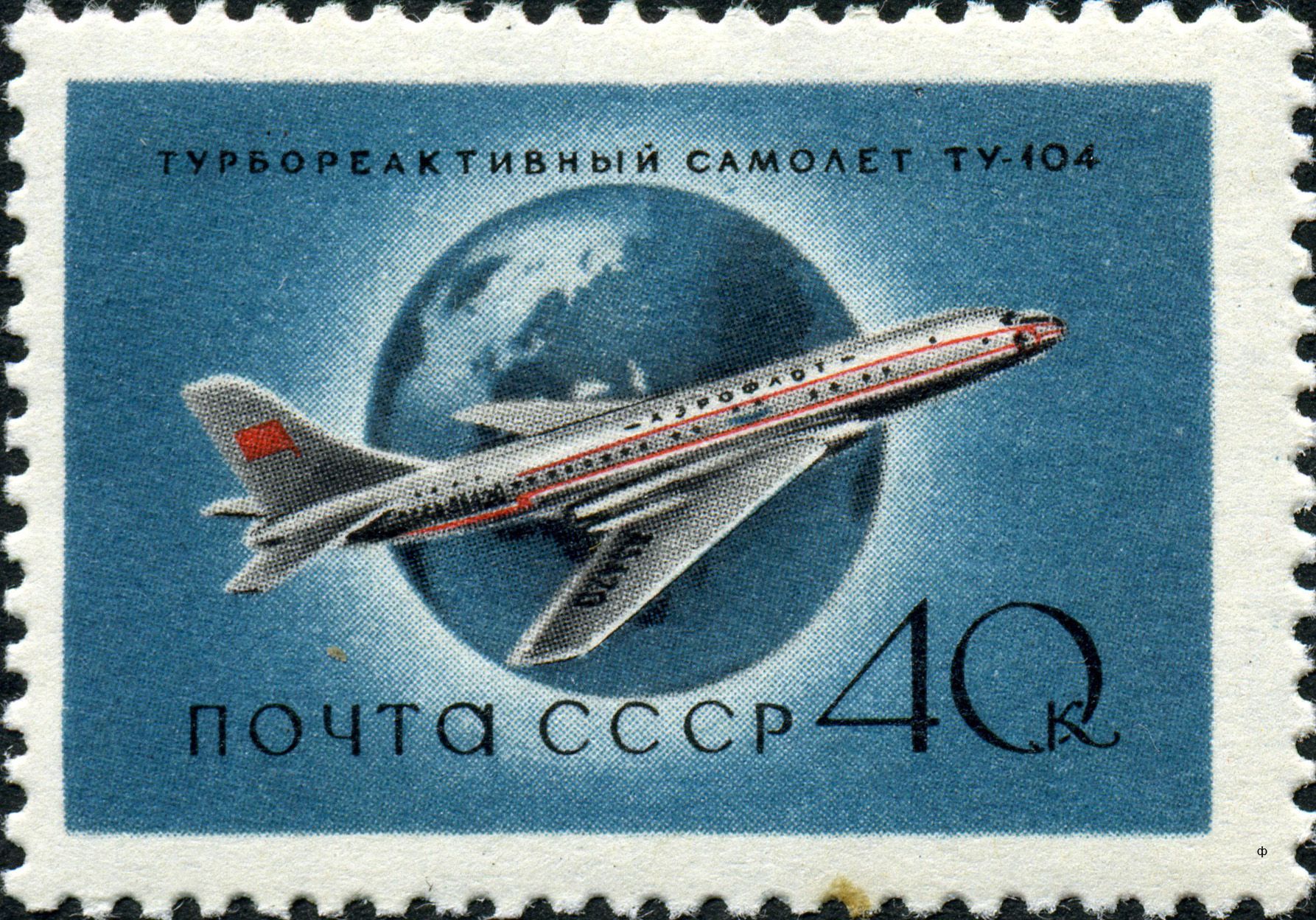Summary
- Aeroflot needed a jet airliner for better performance.
- The Tupolev Tu-104 entered service in 1956, cutting flight times significantly.
- Tragic accidents plagued the Tu-104, leading to eventual retirement.
Following the Second World War, during which jet engines were developed, European, American, and Soviet engineers were all hard at work in the race to prove their technological prowess by putting a jet-powered airliner in the sky. In May of 1952, the British were the first to the finish line, putting the de Havilland Comet into service with flag carrier British Overseas Airways Corporation (BOAC).
But for the Soviets, the race was certainly not over once the Comet took to the skies, with efforts well underway to develop the Tupolev Tu-104. In 1956, the USSR was dealt a winning hand when, after a string of deadly crashes, the Comet was grounded by international airspace authorities. While de Havilland scrambled to fix the doomed Comet's many challenges, the Soviet Union was putting the Tu-104 into commercial service, first carrying passengers on September 15th of that year with Aeroflot.
The Comet would stay that way until 1958, and for a brief two-year period following its service introduction, the Tupolev Tu-104 was the only active jet-powered airliner in the world's skies. In this article, we will look deeper at the fascinating development and operational history of this early Soviet jetliner.
Aeroflot wanted a jet airliner
In the early 1950s, Soviet national airline Aeroflot needed a modern airliner with a larger capacity and better performance than a piston-powered plane. According to Aviation Nepal, the carrier asked the Tupolev Design Bureau if they could build an aircraft based on the Tu-16 Badger, a Soviet Air Force strategic bomber.
While the Badger's wings, engines, and tail surfaces were kept, the fuselage was widened to accommodate 50 passengers. The plane was also fitted with a drag parachute to help it stop, as many of the runways at the time were too short for jet aircraft. Like the Comet, Tupolev placed the plane's two Mikulin AM-3 turbojet engines within the wings.
Get all the latest aviation news right here on Simple Flying!
Despite the plane being considered challenging to fly, pilots with experience flying the Tu-16 transitioned quickly to the airliner. However, things would soon change.
The Tu-104 entered commercial service in 1956
On September 15th, 1956, the plane entered service with Aeroflot and was put on the Moscow-Omsk-Irkutsk route, replacing the Ilyushin Il-14. Replacing the propeller plane with the jet cut the flight time from 13 hours and 50 minutes to seven hours and 40 minutes.
A year later, Aeroflot deployed the plane on flights from Vnukovo International Airport (VKO) in Moscow to Budapest, Copenhagen, Beijing, Brussels, Delhi, London, Ottawa, and Prague. That same year, CSA Czechoslovak Airlines bought six Tu-104s, which it used to fly from Prague Airport (PRG) to Brussels, Moscow, and Paris.
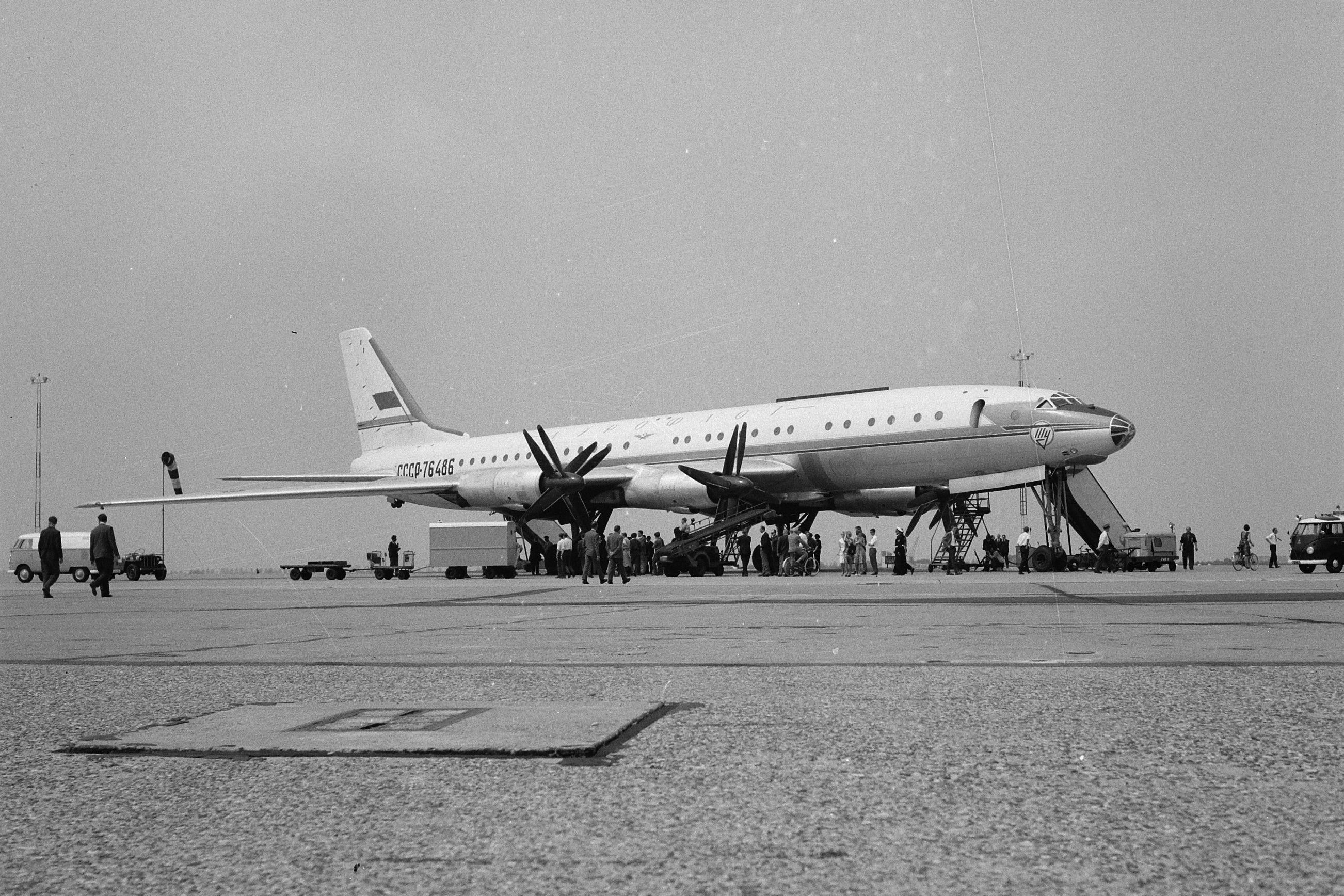
Tupolev Tu-114: The Story Of The World's Fastest Turboprop Airliner
A total of 32 Tu-114s were built between 1958 and 1963.Both the Soviet Air Force and the Czechoslovakian Air Force also operated the jet as a military transport. There was one final, somewhat unexpected operator of the Tu-104, and it was the Mongolian military.
A grim safety record
While the Tu-104 remained in service with Aeroflot throughout the '60s and '70s, its safety record was poor compared to that of western-manufactured aircraft. The plane was prone to stalling at low speeds, forcing pilots to perform landings at speeds above those recommended by Tupolev.
The first major deadly incident involving the Tu-104 occurred in 1958, just two years after the aircraft entered commercial service. During a scheduled flight between Khabarovsk Novy Airport (KHV) and Vnukovov Airport (VKO) in Moscow via a stopover at Irkutsk International Airport (IKT), a Tu-104 crashed, killing all 64 people onboard the aircraft at the time.
While the incident was undoubtedly tragic, Soviet investigators did not attribute the crash to the Tu-104 or its design. In reports, authorities concluded that the accident was caused by the failure of pilots and air traffic controllers to avoid dangerous weather conditions, decisions made in direct violation of the aircraft's manual, according to the Aviation Safety Network.
Tragedy would strike again later that same year when another Tu-104 crashed near Kanash, carrying 80 passengers, including several Soviet diplomats, all of whom tragically died in the accident. Following the incident, the aircraft's stabilizers were redesigned, and the aircraft's service ceiling was restricted to 30,000 feet.
Tragic accidents would continue to occur in the next two decades, and the aircraft would eventually prove extremely dangerous and unreliable. When Aeroflot retired the Tu-104 from service in March 1979 following yet another fatal accident, the Soviet Military used the plane to train cosmonauts in zero gravity.
In February 1981, 50 people, including 17 high-ranking officers, were killed when a Tu-104 crashed while taking off from Pushkin Airport near Leningrad. Following the incident, the plane was removed from military service. The last time a Tu-104 flew was for a ferry flight to Ulyanovsk Aircraft Museum in 1986.
Tu-104 specifications
As one of the first jet-powered aircraft to take to the skies, the Tu-104 was undoubtedly a marvel of engineering. The aircraft required a crew of seven to fly and was able to offer a capacity of between 50 and 115 passengers.
The aircraft was over 130 feet long, with a wingspan of 113 feet, and the airline was roughly 40 feet tall. At maximum capacity, the plane had a gross weight of over 172,000 pounds.
According to Aerocorner, the airline was powered by a pair of Mikulin Am-3M-500 turbojet engines, some of the earliest ever developed. These powerplants also entered service on the Myasishchev M-4 quad-engine strategic bomber.
These engines could push the aircraft to an impressive top speed of 590 miles per hour, unheard of for any airliner of the time. The plane cruised at between 470 and 530 miles per hour.
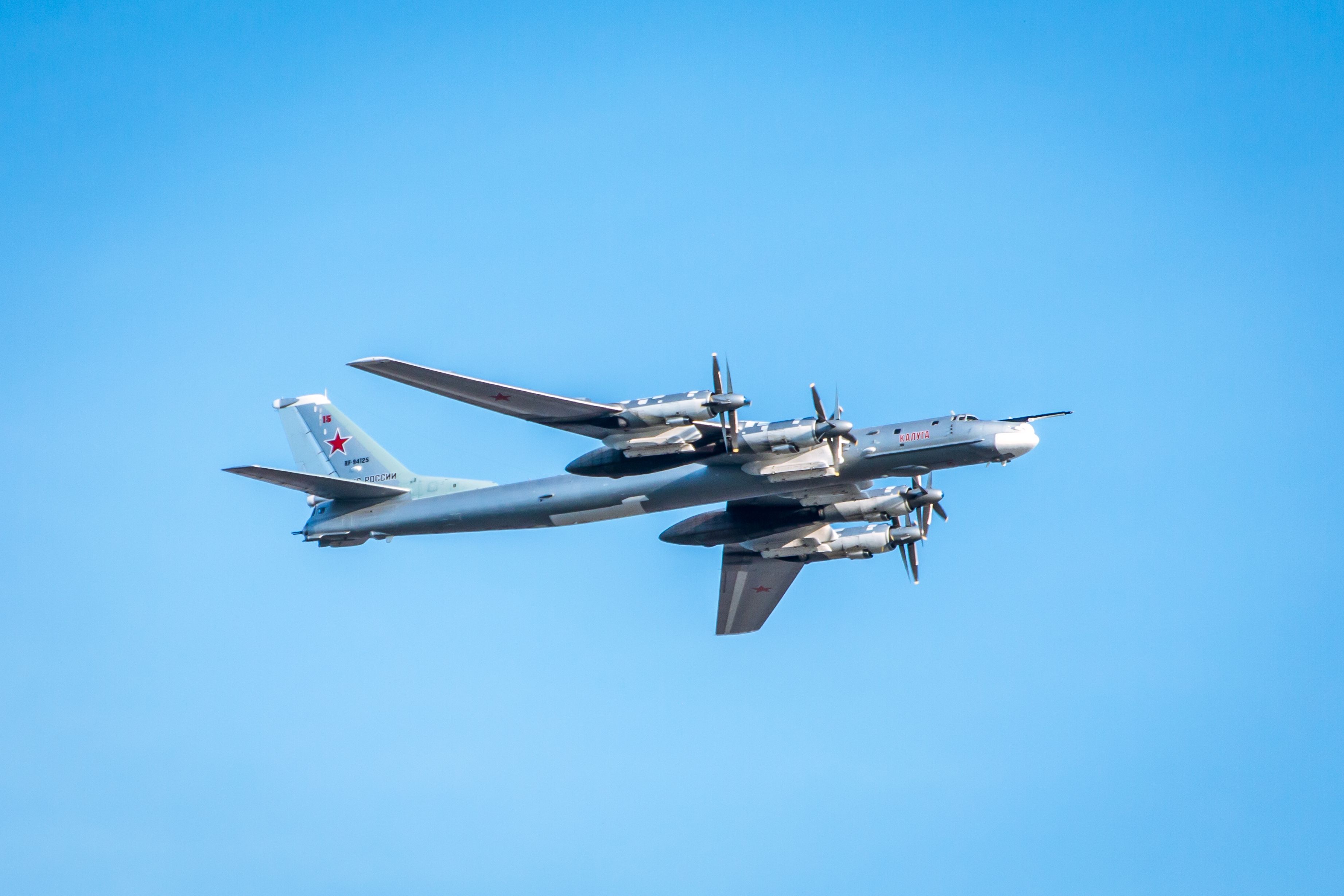
Tupolev Tu-95LAL: A Look At Russia's Crazy Nuclear Powered Bomber
The Tupolev Tu-95LAL completed some 40 flights, but none of them with the nuclear reactor powering the aircraft.Like most early jetliners, the Tu-104's range was one of its operational limitations at the time, as it could only fly 1,480 miles. Thus, most flights across the vast Soviet Union required multiple stopovers.
While the Tu-104 was in the spotlight when the Comet was grounded, the plane's initial success was overshadowed by the arrival of the Boeing 707 and the Douglas DC-8. Furthermore, by rushing its development, the Soviets paid dearly for safety, as did many who built the world's earliest jetliners.

